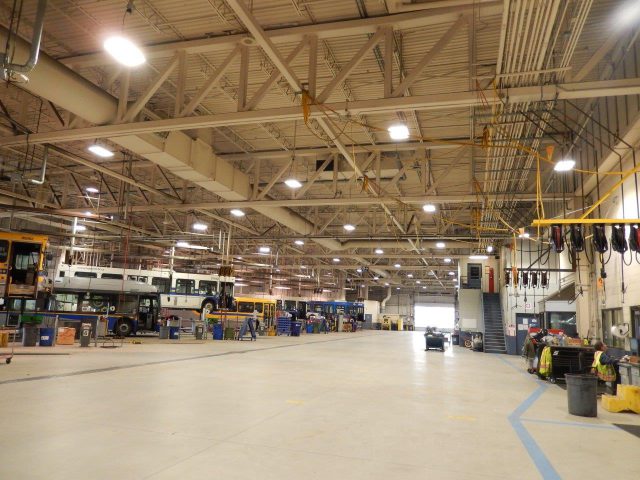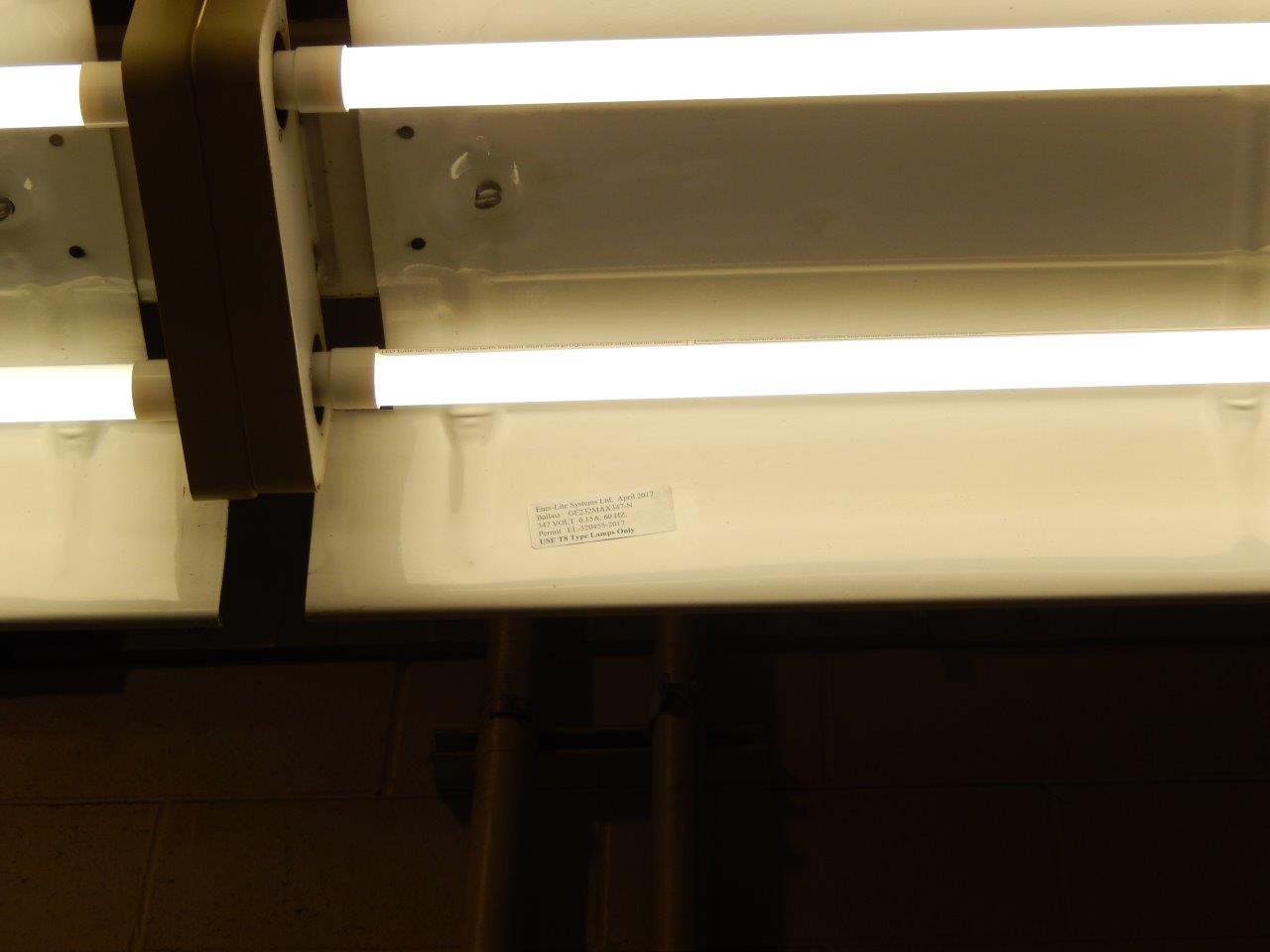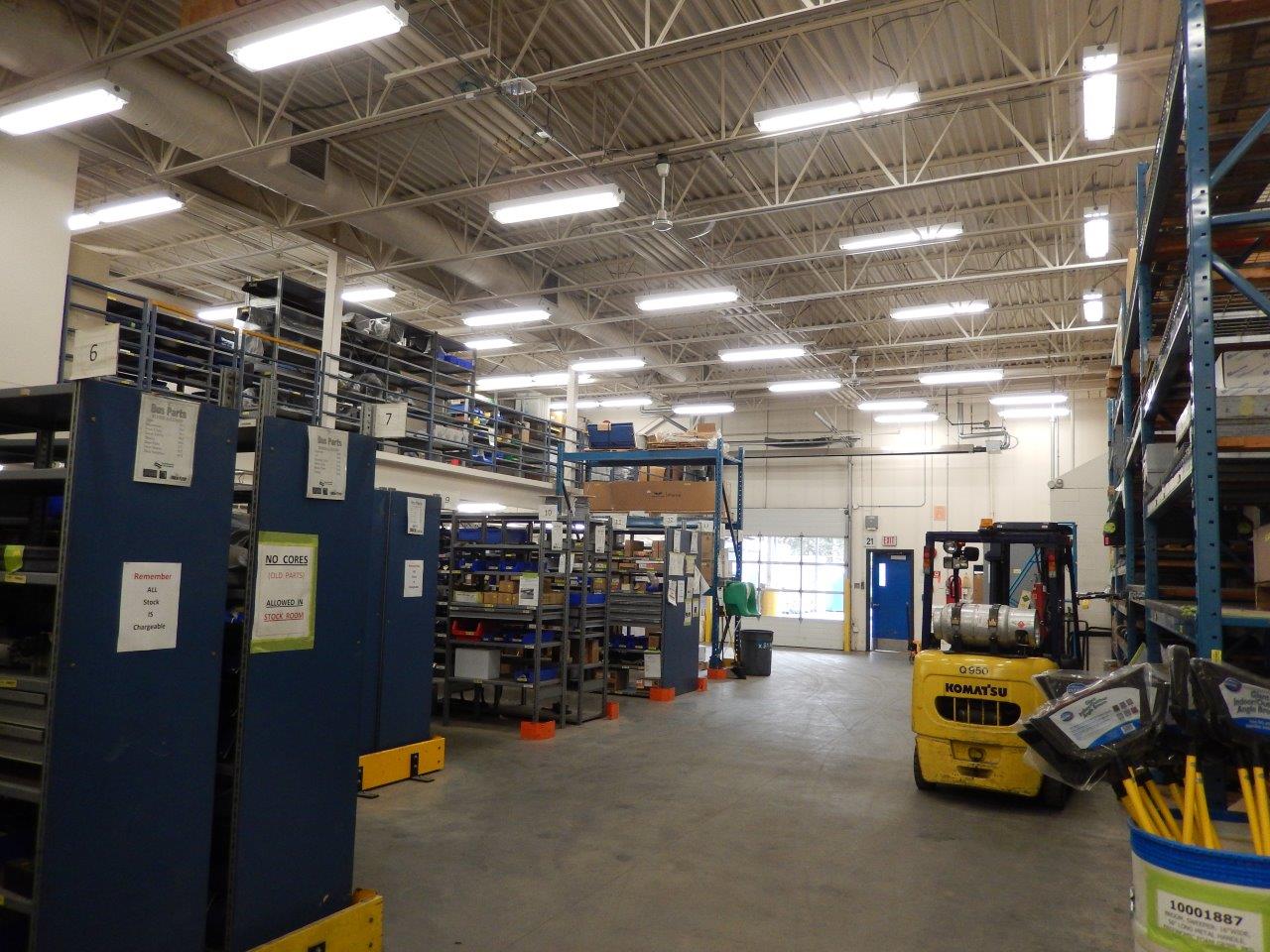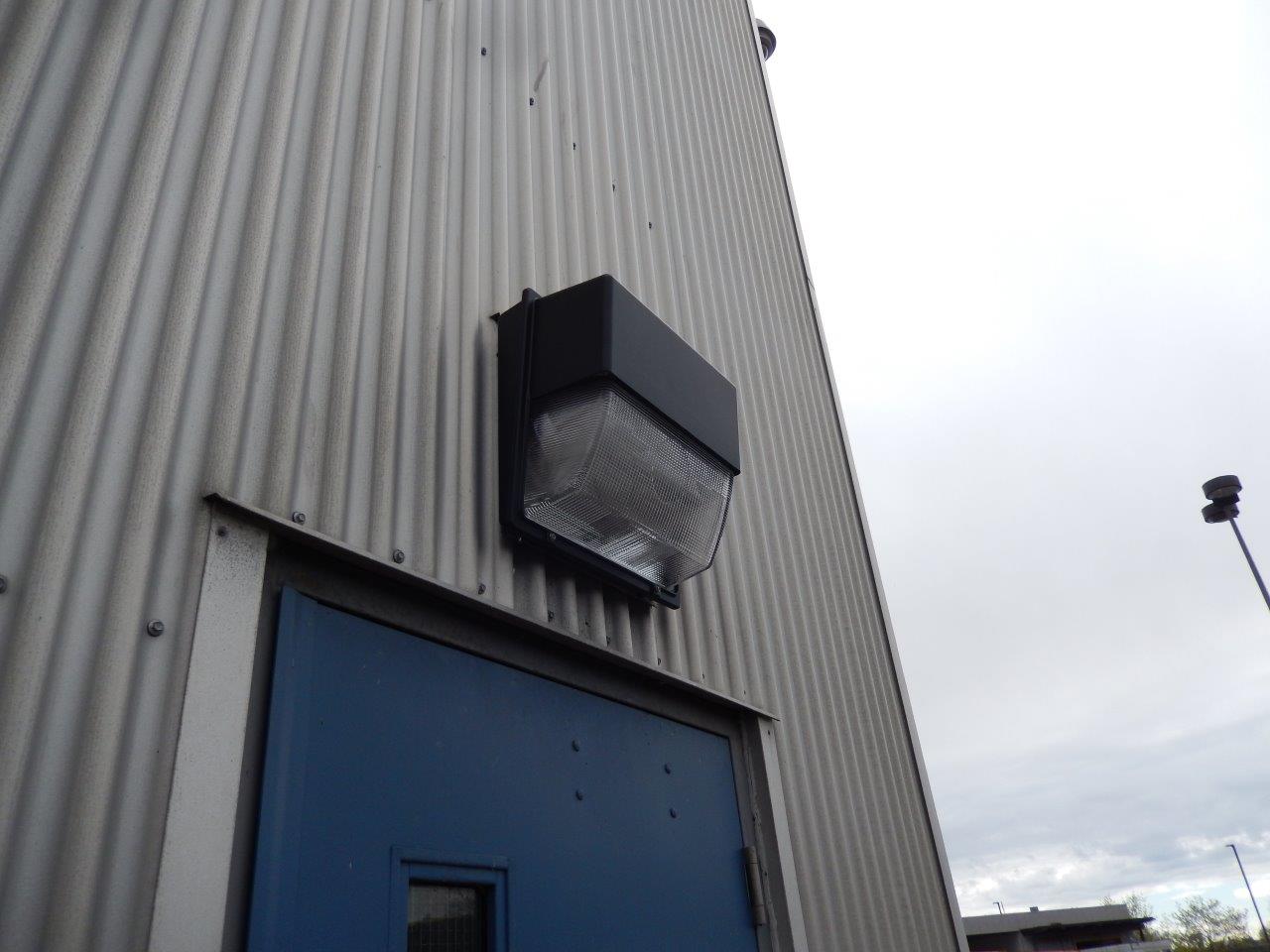Retrofitting our facilities to increase energy efficiency
Retrofitting our facilities to increase energy efficiency

Psst! Hey conservation wonks. You’re going to want to read this.
TransLink is constantly looking at how we can lower our carbon footprint, utilize green technologies and increase our energy efficiency in order to be more sustainable in our ever-changing industry and planet.
In 2015, an energy study was completed at Richmond Transit Centre. This study identified opportunities for CMBC to reduce electrical and natural gas use through mechanical, control and lighting measures at this bus depot. And that study has resulted in some significant changes.
What was changed
Compressor Heat Recovery → Damper redirected compressor generated heat into garage
Exhaust Fan Heat Recovery → Transfer heat to Make Up Air supply via installation of glycol loop
Workshop-to-Steam-Bay Heat Barrier → Reduce loss of heat from garage
MUA-1b/1c/4 → Shut down when garage doors are open to reduce heat loss with installation of soft start fan motors
RTU Controls → Roof Top Unit control optimization and DDC re-programming
Interior and Exterior Lights → 100% LED technology
*MUA = treats air outside which is then released into the building
*RTU = recirculates air within the building
Energy and Environmental Savings
Electrical Savings: 592,705 kWh/y (24% Savings)
Electrical Cost Savings: $64,000/y
Natural Gas Savings: 3,620 GJ/y (33% Savings)
Natural Gas cost Savings: $36,200/y
Greenhouse Gas Savings: 186 Tonnes of CO2e per year
Retrofitting our facilities
Significant energy savings are expected at RTC by implementing the recommended heat recovery systems and optimizing make-up air and exhaust controls. Retrofitting interior and exterior lights to LED technology will result in large electrical savings of 500,000 kWh annually as lighting accounts for the highest portion of electrical consumption for the facility.
The implementation of the energy saving measures represents a 33% reduction in natural gas and 24% reduction in electricity!
Energy efficiency for the win!
Author: Adrienne Coling








